Categories
Speciality Areas
Travelling by Air With a Wheelchair. Part 1: Around the Airport and Plane

Air travel and airports are not readily designed for ease of use by those in wheelchairs. The terminal can be relatively accessible for travelling around, but it’s getting onto and off the plane where the challenges arise. A jetway has to have the flexibility to access different models/sizes of aircraft. Space is at a premium with aircraft designed to fit in as many people as possible at a time, and with no available space inside the seated area of the plane for a wheelchair. So what’s the best that a wheelchair occupant can hope for, and what are the chances that things will get better in the future?
One to two per cent of people who travel by air worldwide are classified as a ‘Passenger with Reduced Mobility’ (PRM), and five to seven per cent of these are wheelchair users1,2. This amounts to about a quarter of a million UK passenger flights in a year. Shockingly, only 25 per cent of respondents to a survey of wheelchair users (carried out by ableMove and FlyingDisabled) indicated that they had had a good flying experience1,2. If the experience could be made better, how many more wheelchair users would feel free to travel by air?
At the airport
The airport experience will start at check in. Legally, an airline is obliged to allow you to take up to two pieces of medical equipment, without making a charge. A wheelchair is likely to be one of the two pieces. For most people they will wish to keep this item: their mobility device, their postural support, and their skin protective device, with them as long as possible.
At security, a PRM will usually be given preferential treatment, but all the same, older style body scanners are often too narrow to accommodate wider wheelchairs (Figure 1), which needs extra time and attention to pass this hurdle. Beyond that, most airports are reasonably accessible with flat areas around the departure zone, and lifts otherwise available, and toilets normally accessible.
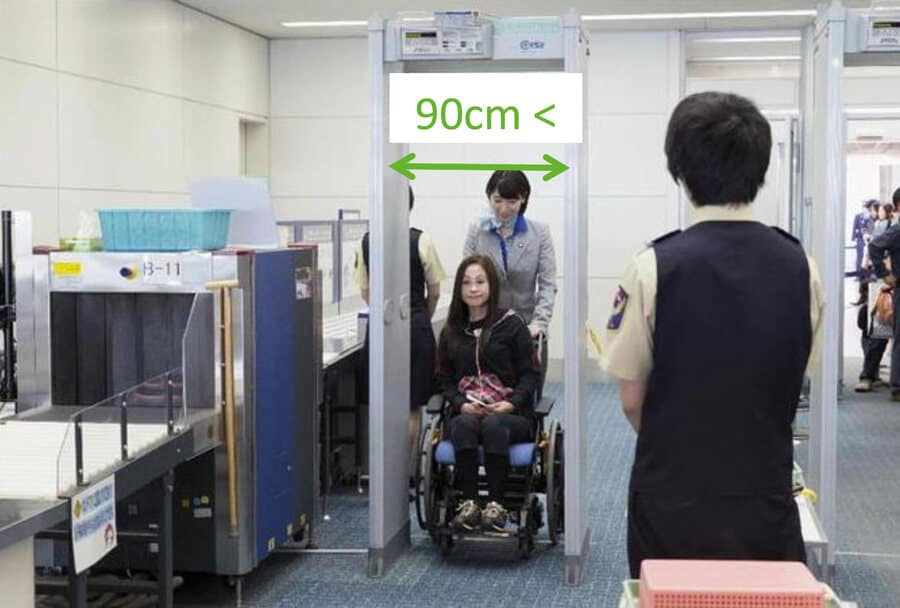
Getting on and off the plane
It’s the next phases where the challenges start. First, getting to one’s seat. In Japan, in preparation for hosting the 2020 Paralympics, work was carried out to set airport standards for PRM accessibility onto aircraft via the jetway. The challenge with jetways is that they need to have height adjustability to allow passengers to be able to access anything from a small commuter plane to a large long-haul airliner.
The requirements that Japan created were that:
- There should be a handrail along the length of the sloped part of the jetway.
- The width available to go down the jetway to be at least 90cm.
- The slope should be no steeper than one in 12.
- There should be level access without a gap between the jetway and the aircraft cabin.
At some airports there are fewer jetways than are needed to board all the flights, and/or for faster boarding, the airlines use stairs at either end of the plane. In these cases, PRMs are, more often than not, brought to the aircraft on the elevating truck that is usually used to bring food trolleys to the opposite front door. This is the point where an occupant is separated from their chair, and transferred into an aisle transfer chair. This is usually an undignified and relatively unsafe process – only two per cent of respondents reported having felt very safe in the process1. A British company, Aviramp, supplies ramp systems around the world that allow a PRM ramped access into both smaller and larger planes (Figure 2) and these provide a more dignified access onto a plane where a jetway is not available.
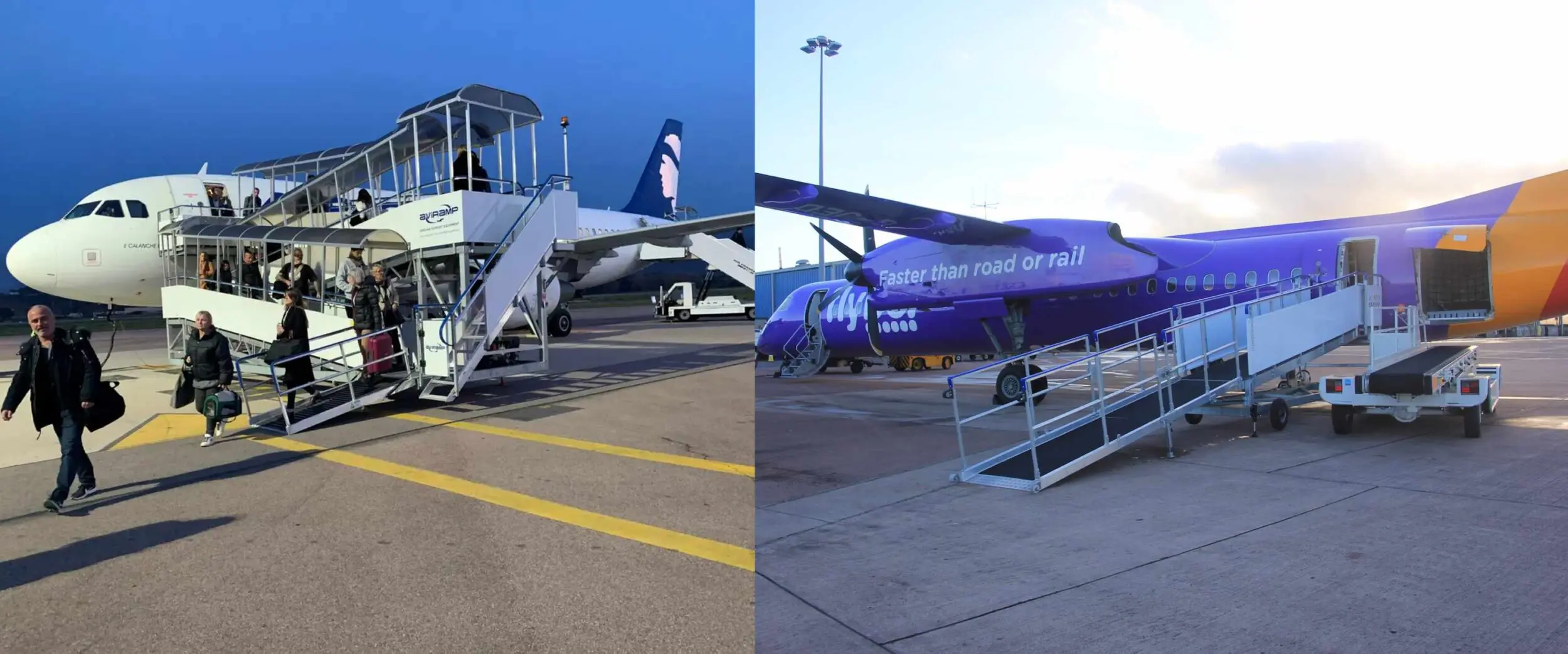
On the plane
To help you into your seat, there is little space or facility to make this a safe or dignified process. Once in your seat, you will normally be allowed to use your wheelchair cushion, but there is little further positioning support available, or allowed.
The best arrangement, would be to have a wheelchair docking spot in the cabin – and this currently is feasible. Air 4 All have a solution already designed3 (Figure 3). In the US, the US Transportation Secretary is working on providing regulations and specifications that will allow people to stay in their own wheelchair while on an aircraft. 75 per cent more wheelchair users would fly if this were possible.
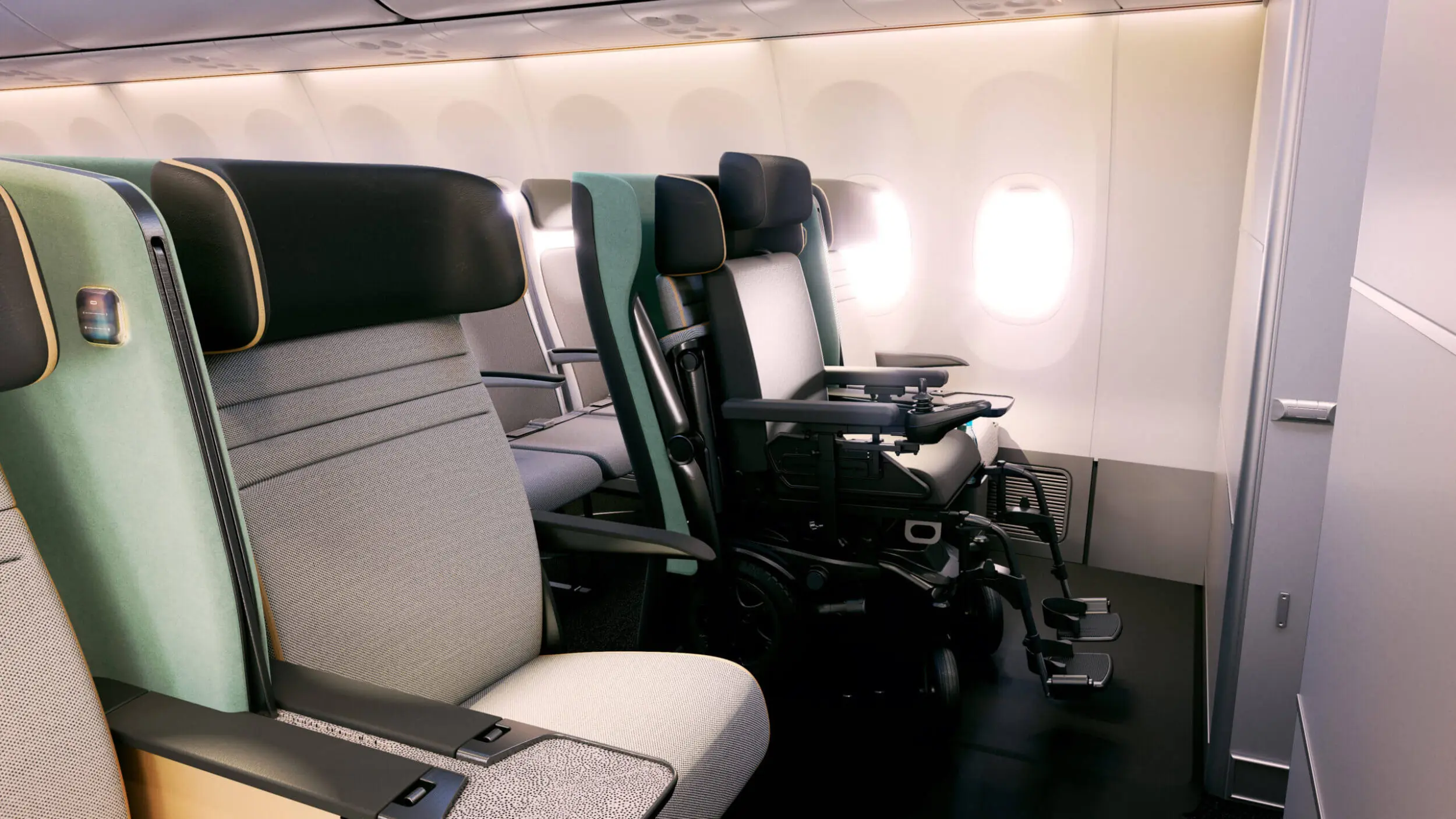
If you wish to use the toilet during the flight, the options are restricted in that there will probably be limited facility to help you reach the toilet, and then the space accessibility to transfer to the toilet may be nonexistent. Some Boeing Dreamliners have been fitted with adjacent toilets with a foldable barrier between the two to give space, while other aircraft have been fitted with one larger toilet to allow access from an aisle chair (Figure 4) – although space for an assistant may be limited. EasyJet and Vueling are two low-cost European airlines offering the Spece Flex 2 toilet in their Airbus 320s4.
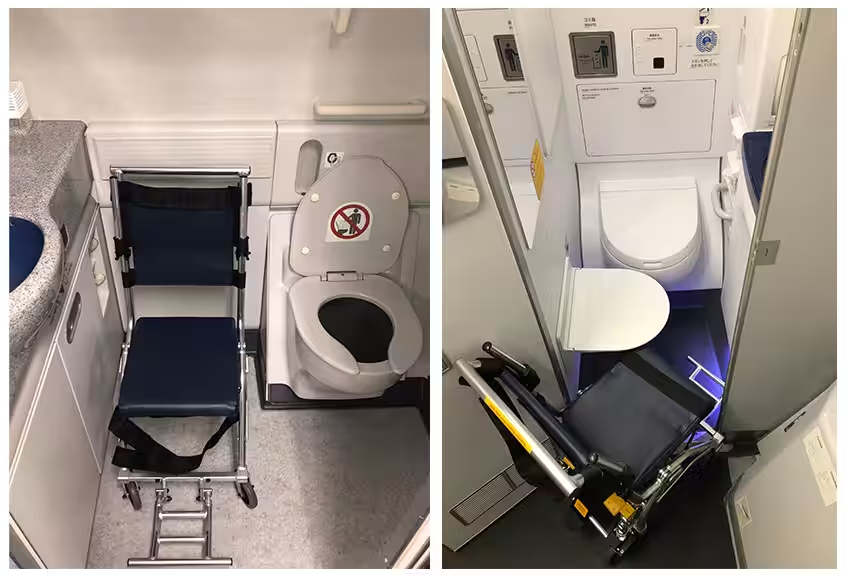
Figure 4. Aircraft toilet configurations allowing toilet access.
Meanwhile, an alarming 62 per cent of wheelchair users starve or dehydrate themselves before flying to try to avoid the need of using the toilet1 – the challenge is worsened in that PRMs are the last to be helped off the plane once the plane has reached its destination.
Wheelchair stowage
About 50 per cent of wheelchair users do not fly because of concern that their chairs will be damaged (or left behind) during the flight. This is a well-grounded fear, in that 60 per cent reported that their chairs had been damaged in transit. To reduce the risk of damage to the chairs, Peter Axelson, himself a wheelchair user (Figure 5), has been successful in getting published an American National Standard5 which, inter alia, covers design and specifications of mobility devices to go into aircraft holds. Section 3 covers handling of the devices and is aimed at training of baggage handlers.
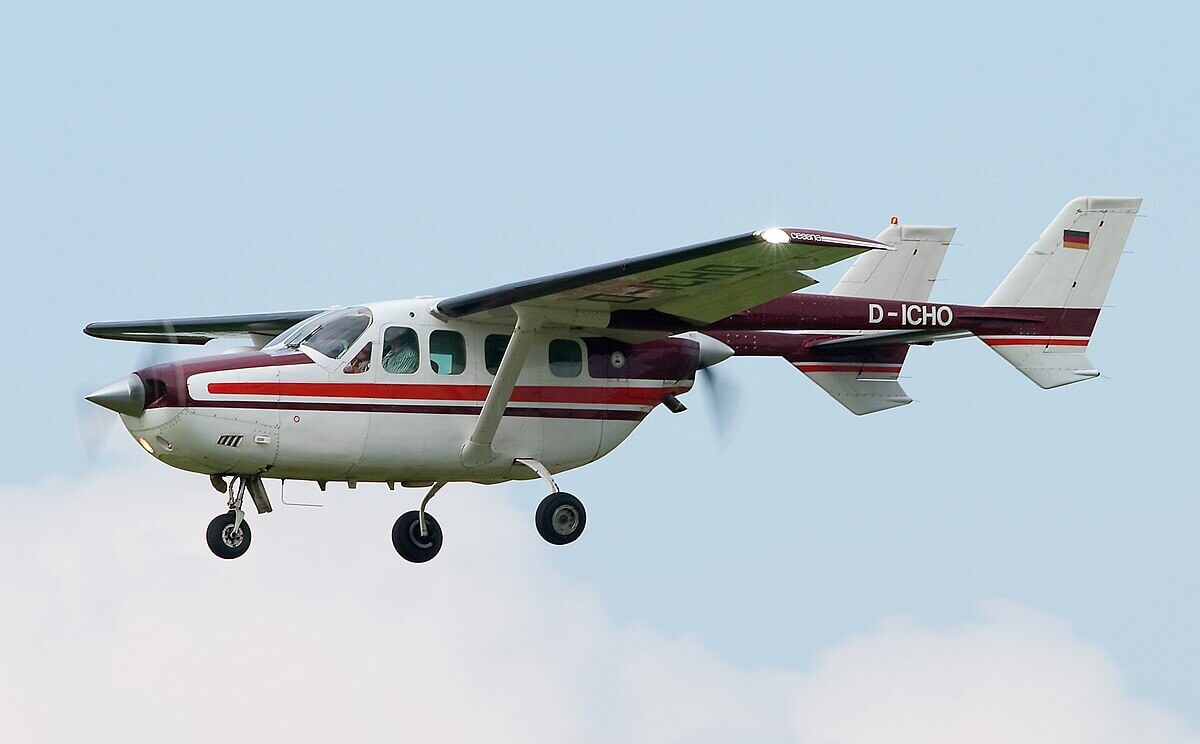
Section 4 covers the design of an Air Travel Configuration Card which goes with the wheelchair and details what the user needs to do before handing over the chair, and details that the ground staff will need to know. This card is covered in detail in Part 2.
Tips when flying as a wheelchair user
All Wheels Up offers a useful guide to the voyage around the air travel experience6 while ableMove offers its top five tips below7:
- Do your research on the individual airline and their accessibility. Check which seats are the most suitable. Book assistance 48 hours in advance.
- Identify how you are going to manage your toilet needs.
- Never be afraid to ask for extra help at the airport.
- Ensure your wheelchair is flight-ready.
- Purchase your own transferring sling (if you cannot transfer yourself) – see ableMove’s website for a suitable item.
References
- https://www.bhta.com/wp-content/uploads/2022/11/Wheelchair-Aviation-Findings-2022.pdf
- https://www.bhta.com/wp-content/uploads/2022/11/Wheelchair-Customer-Aviation-Survey-FINAL.pdf
- https://thiis.co.uk/priestmangoode-unveils-innovation-to-improve-accessible-air-travel-for-disabled-passengers/
- https://www.reducedmobility.eu/20150514623/TheNews/easyjet-to-fit-planes-with-wheelchair-accessible-toilets
- RESNA AT-1: 2021 American National Standard for Assistive Technology for Air Travel Volume 1 Requirements and Test Methods Related to Mobility Devices
- www.allwheelsup.org/wheelchairairplane-traveling-guide/
- https://ablemove.co.uk/5-top-tips-when-flying-as-a-wheelchair-user/